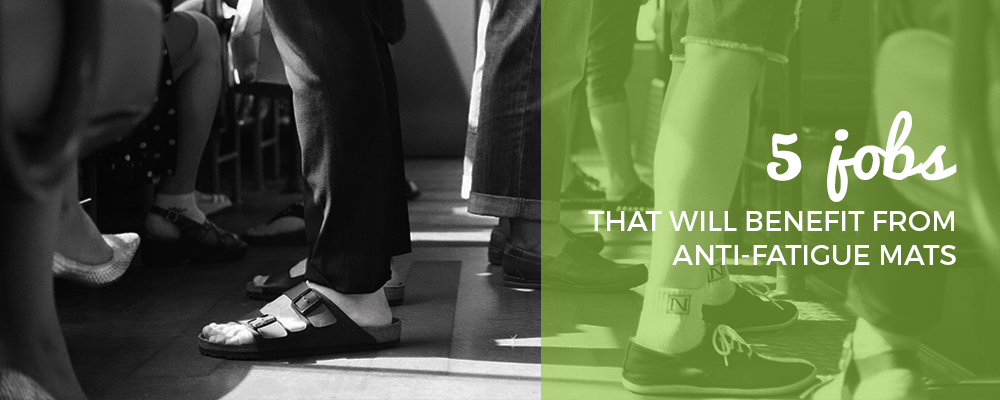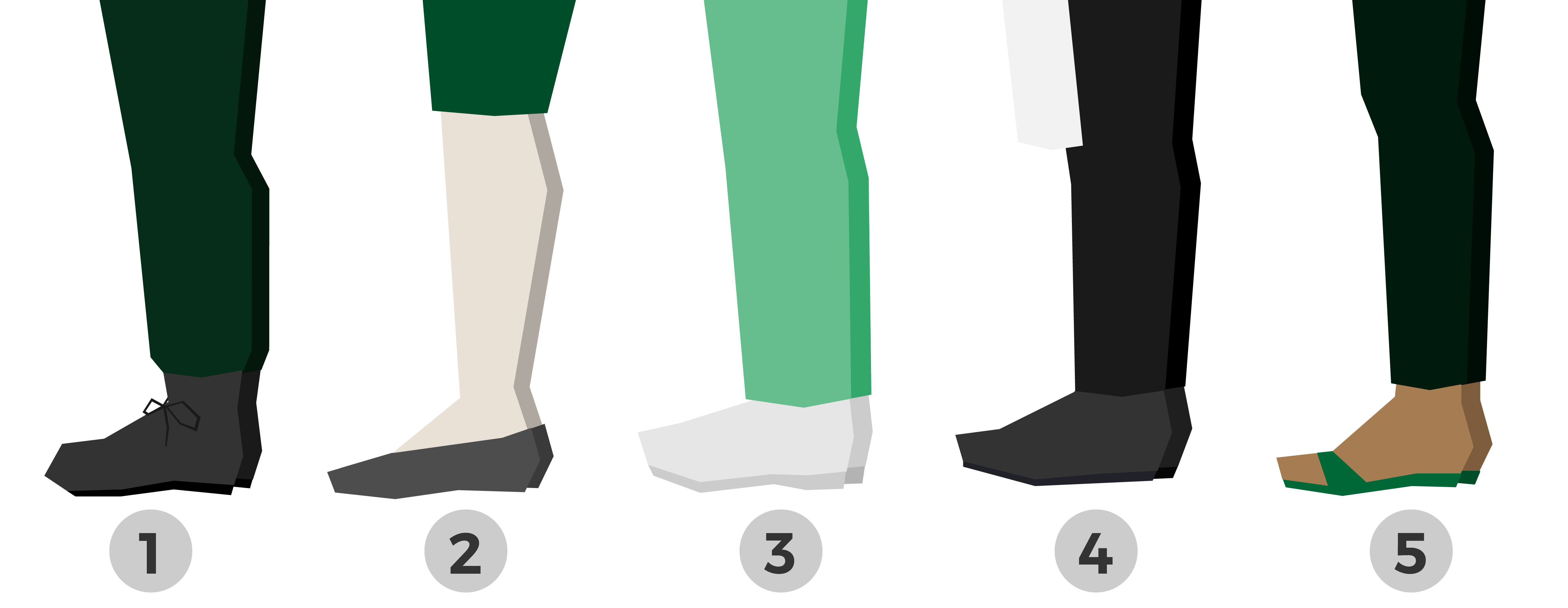
Fatigue is a factor you cannot ignore when investing in a workplace to ensure the well-being of employees. Sectors that require employees to be on their feet throughout the day usually have the most demanding jobs. In a fast-paced environment, ensuring your workers feel good in the workplace is vital for productivity and morale.
When employers hear of fatigue, it isn’t taken seriously, usually mistaken for tiredness. An important distinction must be made between tiredness and fatigue. Being tired is a normal sign of the body having spent a lot of energy, whereas fatigue is a symptom that the body cannot keep up. If your employees complain about aching legs and throbbing feet, it may be time to reconsider how their working environment might not be doing them, and ultimately you, any favor.
Studies dating back to the 1900s[1] link fatigue to industrial accidents, inefficiency, the spread of diseases and low morale. Fatigue also impact the quality of life at home and the health of workers’ children. With such complex and important consequences, treating fatigue can be considered of vital importance.
You might think that a good night’s rest might be enough to treat these signs, and you might be right. Yet when your workers get up in the morning, well-rested, and must face the same unforgiving environment, these signs may be the start of something more sinister. Be sure to pay attention if your employees persistently report the following:
- Swollen feet & sore muscles
- Lower back pack
- Neck & shoulder stiffness
- Knee problems such as arthritis
- Varicose veins
When piled up, these seemingly innocent signs can forge musculoskeletal disorders if left untreated. MSDs are not always caused by the workplace but are aggravated by it. As an employer, you can take certain precautionary measures to reduce these risks:
- Redesign the task to make it less repetitive or break down actions
- Provide mechanical aids to reduce the strain on workers
- Introduce more breaks and job rotations
- Create an ergonomic working environment
Ergonomic solutions, for example workbenches with adjustable height, upper shelves and wall panels enable the most productivity with the least amount of physical exertion. Anti-fatigue mats can also improve ergonomics in the workplace. Depending on the amount of support you need, there is a large range of anti-fatigue mats out there! Their unique design alleviates the pain of standing on cold hard floors for long periods of time.
Truly, the surface of floors is not kind to our feet, as our soles are naturally curvy. Paired with orthopaedic shoes, ergonomic mats help provide the support our feet need by gently shaping themselves to our feet. Even when standing, the micro-movements created by simply standing on a padded floor is greatly beneficial to the even blood flow.
If that sounds like a treat for your muscles, read on to find the best suited anti-fatigue mats to match your description!

1. Factory, processing line, assembly line and mail room workers
Machine operators, workers checking products for defects and tasks such as picking, packing, assembling and sorting. These tasks require quick thinking and an even supply of blood to your brain and muscles! Focusing less on your aching legs and more on the task at hand is possible would greatly improve morale and productivity. Welders require specialised mats that are fire-proof.
2. Receptionists, bartenders, hairdressers and retail workers
Tasks like standing in front of the cash register, walking the sales floor require a lot of energy. Being expected to always greet customers with a smile and make customers feel good requires that the employees themselves feel good! Hairdressers need special mats to ensure they have the flexibility to move around their customers while focusing on their job.
3. Laboratory workers, nurses, doctors, surgeons and dentists
These are jobs that require intense focus, precision and patience. Making sure that fatigue isn’t felt throughout shifts and the day is vital when it comes to health care professionals. This enables them to provide the best care for those around them!
4. Cooks, bakers, food preparation workers and dishwashers
Those working in kitchens and food processing factories are fighting many hazards at the same time. For efficiency and speed, workers are on their feet throughout the day. Working with fire and slip hazards, not to mention sharp kitchen utensils, is no small feat. On top of all these, they require a hygienic environment to work in to prevent contamination.
5. Office executives, designers, teachers and freelancers
Sitting is the standard when it comes to office culture. However, employers are slowly seeing the benefit of giving executives the choice of either sitting or standing. Height adjustable desks are getting more popular! Teachers prefer standing and moving about during lessons, which often leads to entire days of being on their feet. Entrepreneurs and freelancers working at home also find that standing is a better alternative to sitting!
View our entire range of anti-fatigue and workplace mats online! They are available as mats, rolls or you can specify the length you need. Alternatively, speak to our Sales Team for more information or if you would like a sample.
[1] Bogardus, E S. (1911). The Relation of Fatigue to Industrial Accidents. American Journal of Sociology. 17, 206-222.





Pingback: 5 Useful Tips for People Who Stand All Day - Direct2U Network Blog